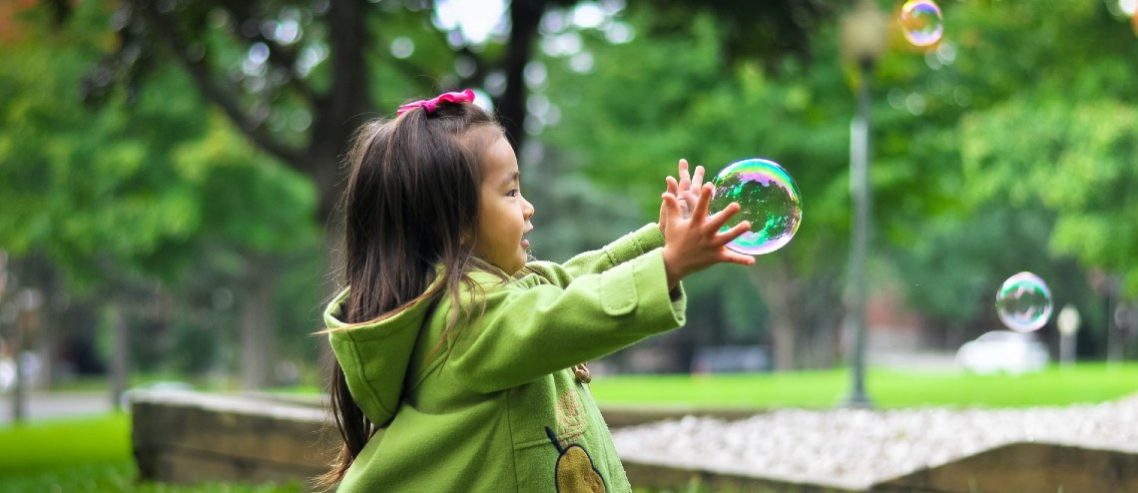Childhood allergies in Singapore: Triggers, treatment, and health insurance
Childhood allergies are a common problem around the world, and Singapore is no exception. You might have heard about a neighbor’s child who’s allergic to cats or a baby who gets an awful allergic reaction to formula milk. There are several types of childhood allergies in Singapore, with varying characteristics and severity. Even though it’s impossible to protect your child from every allergy out there, it does help to have a basic understanding of them. This Pacific Prime Singapore article discusses childhood allergies in Singapore, including triggers, treatment, and health insurance.
Children and allergies: What you need to know
If your child is constantly sneezing and has a stuffy nose, or gets a stomach ache after eating a certain type of food, you’re probably wondering whether they have an allergy.
Common child allergies and triggers
It’s very common for children to have allergies. In fact, allergies in children seem to be on the rise throughout the world. While the exact cause is uncertain, potential causes can include diet changes, overuse of antibiotics, and rising obesity. Regardless of the reason, what we do know is that children all over the world have them. Environmental allergies are also much more prevalent than food allergies. While food allergies can appear in infants, environmental allergies in children tend to cause problems from the age of two.
Environmental allergies
The most common environmental triggers in Singapore are dust mites and tobacco smoke, while pollens and grasses are common triggers in other countries. These types of allergies are usually not life-threatening, and tend to cause a runny nose, cough, and congestion. Children who suffer from these allergies often have symptoms such as snoring, fatigue, and poor sleep. However, environmental allergies can trigger an asthma attack in some children or worsen a child’s asthma.
Food allergies
In Singapore, the most common causes of childhood food allergies are peanuts and shellfish. Shellfish, which includes prawn, crab, and lobster, is the most common food allergen in the city-state. It’s also prevalent in Southeast Asia, which is likely due to its high consumption. A child’s shellfish allergy follows them into adulthood and is recognized as the most common food anaphylaxis among adults in Singapore. It’s advisable for parents to be very careful when introducing their children to shellfish.
Childhood allergies to milk, egg, and fish are generally quite low in Singapore. One food allergy that is unique to Singapore is bird’s nest. Similarly, formula milk allergies, or Galactooligosaccharides (GOS) allergies, are coming to light in the region. If you’re changing your child’s milk or switching brands, be sure to do it gradually and carefully.
Common childhood allergy symptoms
When a child’s body encounters an allergen, the release of histamine in their body can result in symptoms such as:
- Skin rashes or hives
- Difficulty breathing (asthma)
- Swelling
- Sneezing
- Coughing
- Runny nose
- Itchy eyes
- Upset stomach
If you think that your child has an allergy, it’s best to make an appointment with your pediatrician or an allergist. It’s also advisable to keep a diary that includes your child’s symptoms and potential causes.
Childhood allergy testing in Singapore
Since allergies can worsen over time, especially food allergies, it’s best to test for allergies if suspected. However, childhood allergy testing can be confusing.
For example, even though there are no symptoms when eating a certain food, testing may still be positive. Therefore, doctors often recommend only testing for food that results in symptoms when consumed. It’s also possible for a child to have a serious allergy despite a negative test result. If your child reacts to a food, then it is an allergy, regardless of whether or not a test shows it.
The two main child allergy test options are a skin test and a blood test. The skin test is used to see if there’s any visible reaction while the blood test checks the levels of antibodies. Since determining which test is better can be complicated, it’s advisable to discuss it with a medical professional.
Treatment for childhood allergies
Treatment for your child’s allergies will depend on their age, symptoms, severity, and overall health. Since allergy symptoms can look like other health issues or conditions, it’s always a good idea to visit your child’s doctor for a diagnosis. The most effective treatments for allergies include avoidance, medication, and allergy shots.
Avoidance
Avoidance involves staying away from anything that causes an allergic reaction. Even though Singapore does not have four seasons, allergy season in Singapore would include Spring and Summer. If you’re wondering how to help a child with seasonal allergies, you might want to try:
- Staying indoors on windy days or when pollen counts are high
- Controlling dust in your home, especially in the bedroom
- Using air conditioning instead of having the windows open
- Turning on a dehumidifier
- Make sure your child showers, washes their hair, and changes clothes after playing outside during high pollen levels
However, some allergens are more difficult to avoid than others. For example, while you can minimize your child’s exposure to pet dander or shellfish, pollen and dust mites are harder to stay away from. That’s where medication and allergy shots come in.
Medication
Antihistamines and decongestants are the most common childhood allergy medications. They help to reduce symptoms such as sneezing, itching, and a runny or stuffy nose. Medications such as corticosteroids prevent inflammation, which results in uncomfortable allergy symptoms.
Allergy shots
Allergy shots are an increasingly popular treatment method. Also known as immunotherapy, this type of treatment involves injecting the substance the child is allergic to into their upper arm. The shots gradually expose low dose allergens to their immune system to help them become less sensitive to it, without causing a full-scale allergic reaction. Consult your pediatrician to find out more about allergy shots in Singapore.
Diagnosing and treating childhood allergies can be costly, especially if you don’t have family health insurance. Medical care for allergic reactions can also be very expensive. That’s why you need to make sure that your family health insurance policy covers allergy treatment costs. It’s important to note that allergens could be seen as a pre-existing condition, which is why it’s advisable to get health insurance for your child as early as possible so their treatment costs are covered.
However, if your child has existing allergies and you’re looking for coverage, there are still other options. Some insurers may charge an additional premium for pre-existing conditions, while others may set a waiting period. The best way to ensure your child gets the right coverage is to discuss your options with a reputable insurance broker such as Pacific Prime Singapore.
Whether you’re looking for health insurance for your kids, for the family, or for yourself, we can help you find the best health insurance in Singapore for your needs and budget. Contact us for obligation-free advice or to receive a free quote or plan comparison today.
- 5 Things You Didn’t Know About Wasted Drugs in Singapore - October 10, 2023
- 10 Benefits of Going on a Staycation - August 28, 2023
- Non-monetary Employee Benefits: What Are the Advantages of a Good Workplace Design? - July 11, 2023






Comments
Comments for this post are closed.
We'll notify you
when our team replies!